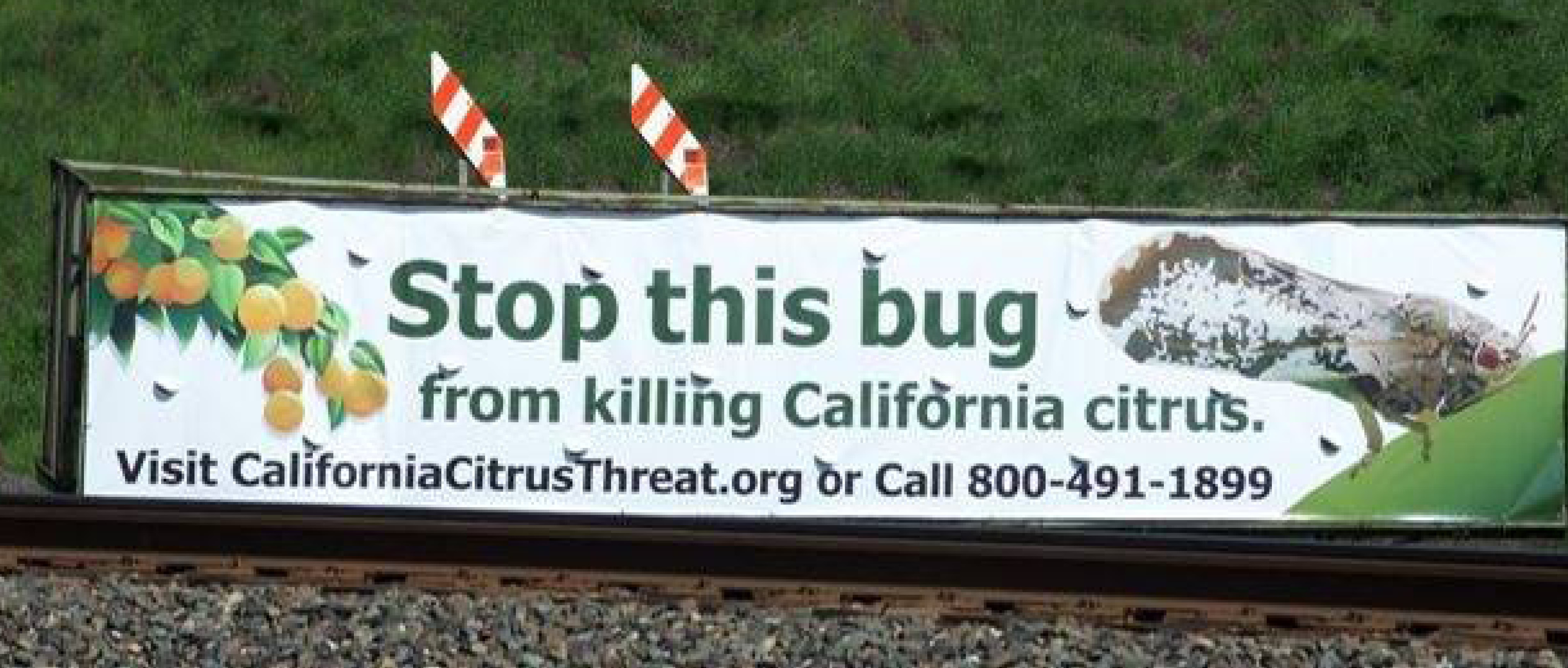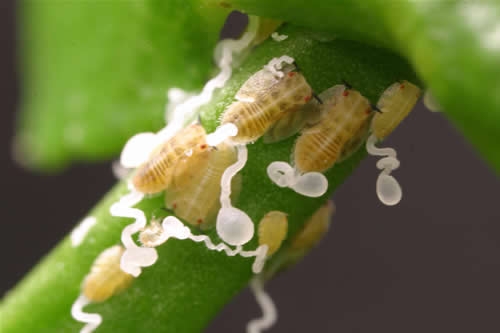Lemon Economics in Ventura County
Lemons Became More Popular, But then COVID Hit
By Tim Hammerich, with the AgInformation Network
A recent study on the costs and returns of establishing and producing lemons in Ventura County was released by UC Cooperative Extension in Southern California and UC Agricultural Issues Center.
“We grow lemons along the coast because it doesn’t get hot, and we do a really good sour lemon. The trees flower year-round, and so there’s production year-round,” said Ben Faber, a Farm Advisor based in Ventura County.”
He says lemon prices had been stagnant for a long time but started to really rise in the past decade or two with the popularity of restaurant dining.
“And so the consumption just soared. Prices had been around five or six, eight dollars a box, and boy, they went up to $18 – $20 a box. So people saw a lot of money there.
“And so what do you do? You respond to it, and you plant. The market for strawberries had fallen, labor availability diminished. So along the coast here, a lot of people had said, ‘I don’t care. I’m going to risk it. I’m going to plant lemons’. And it doesn’t take a whole lot of labor to do, it takes less water. We’re stressed about water availability along the coast. And so, you know, the choice of lemons sounded really good until…boom…COVID.”
The pandemic has certainly taken its toll on lemon prices. Faber is hopeful they will recover but also concerned about the threat of citrus greening disease.






















